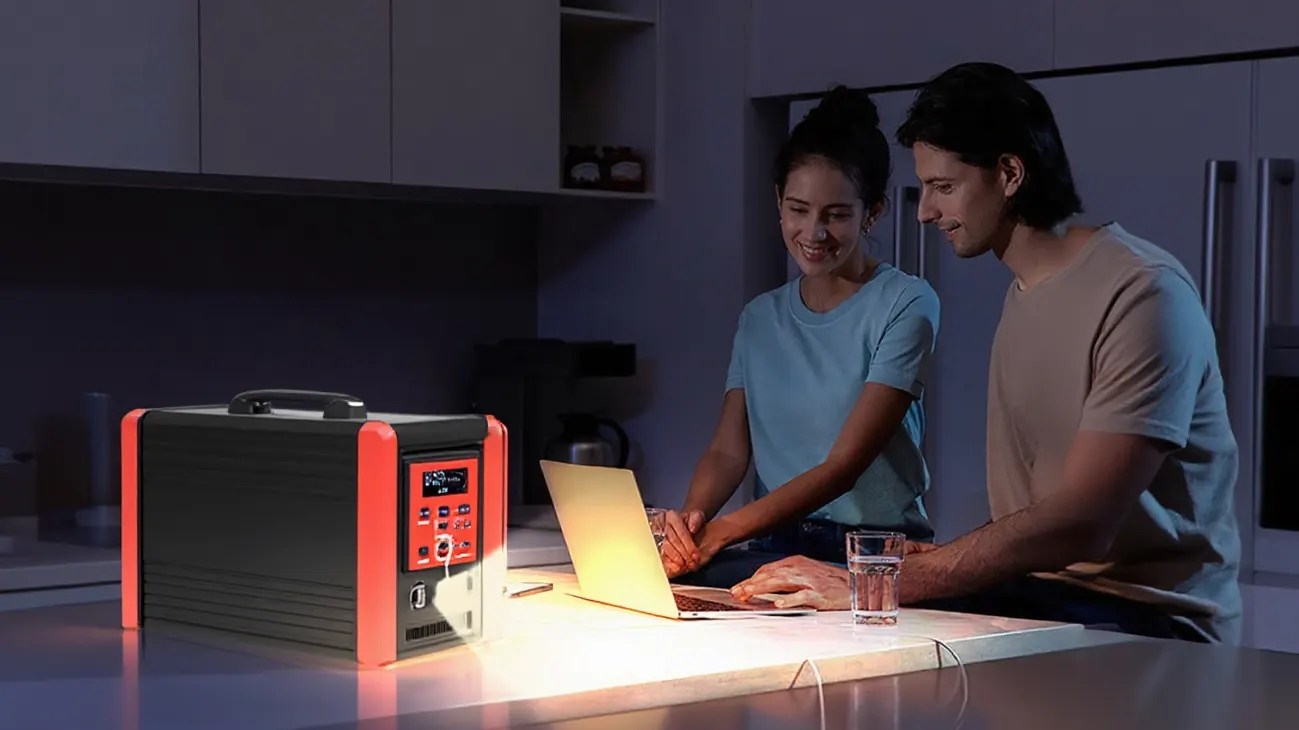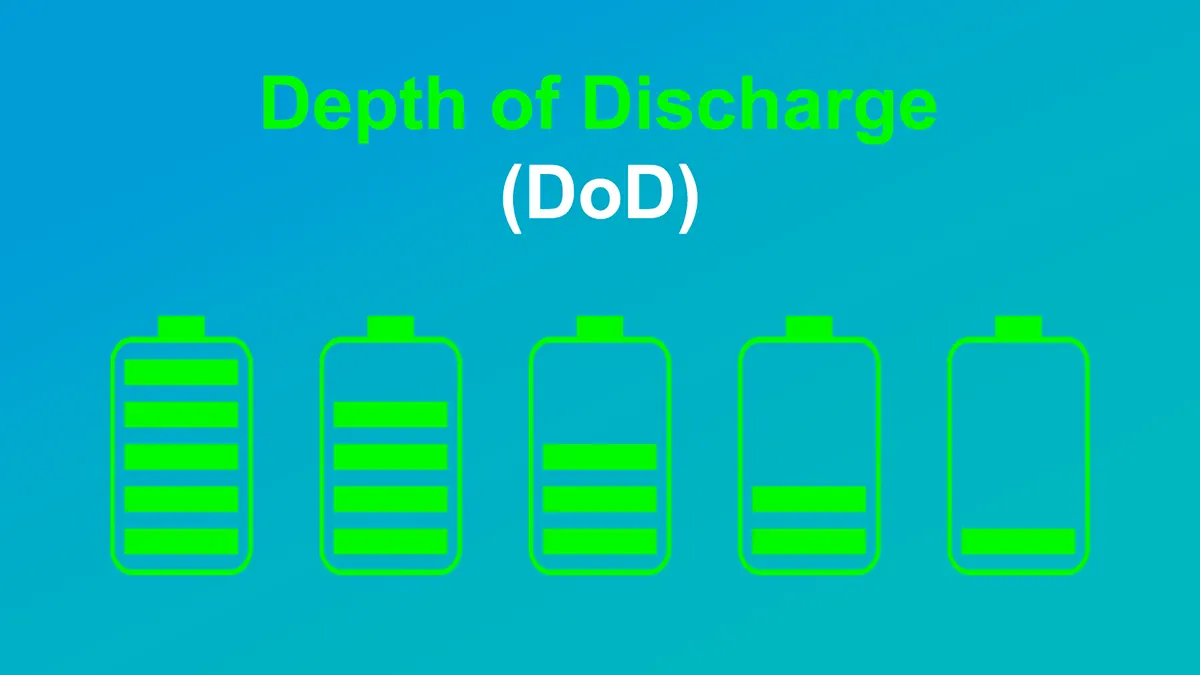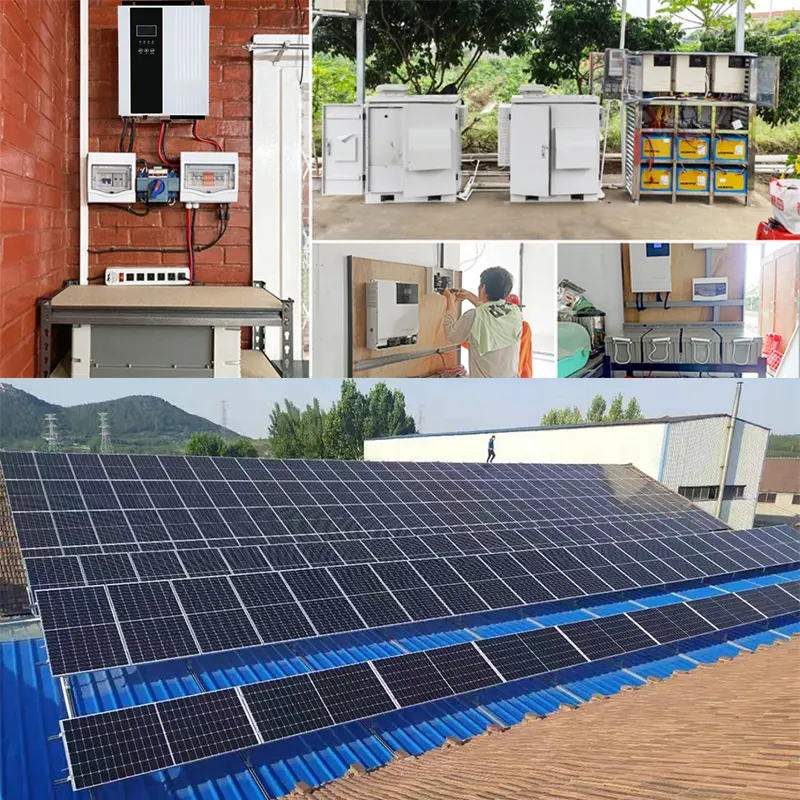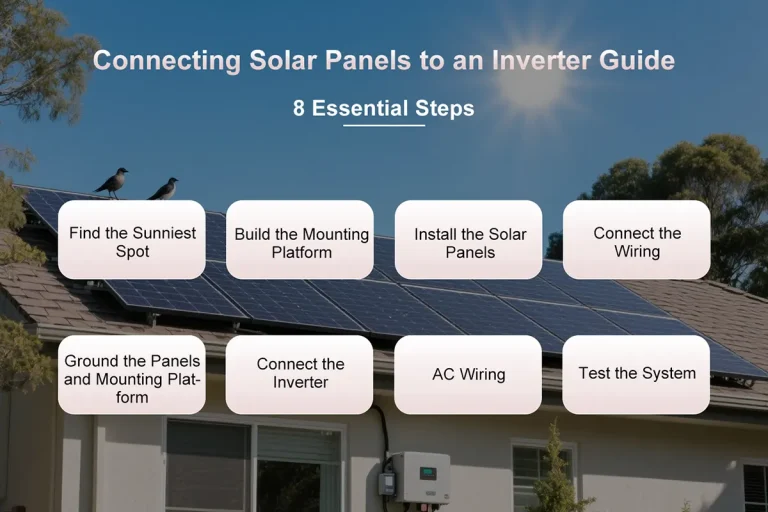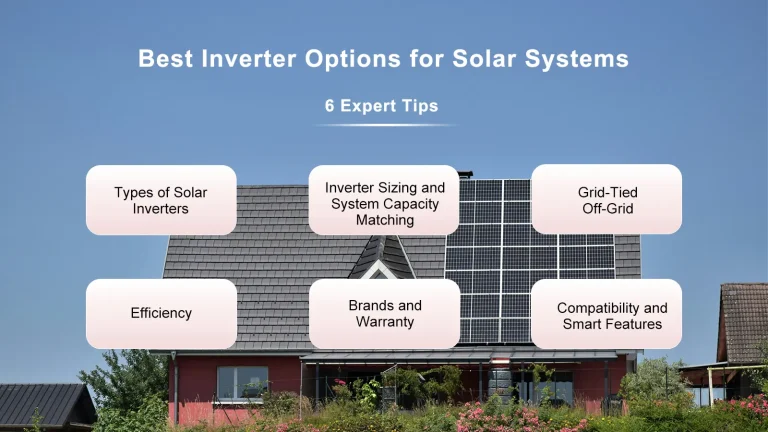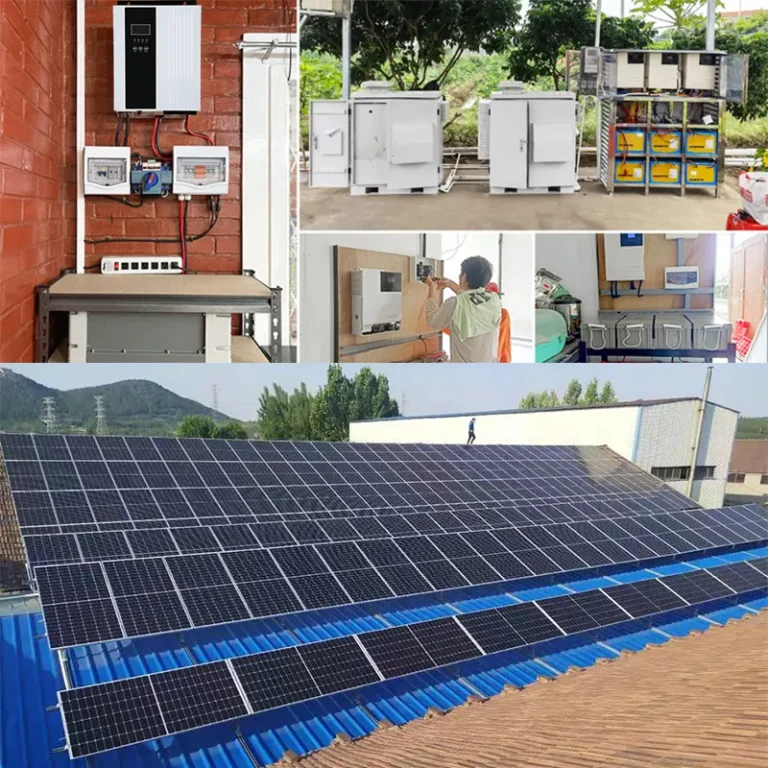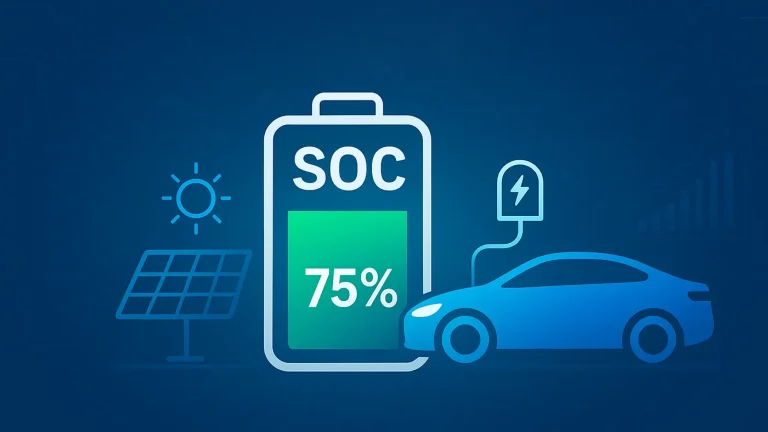26 August, 2025
The Complete Guide to Battery Capacity
When choosing a portable power station or solar battery, we face the same question: how much battery capacity do they really need?
Battery capacity not only determines how much energy can be stored but also directly affects how long it can power your devices. Whether for outdoor camping, home emergency backup, or daily mobile power, understanding battery capacity is the key first step in making the right choice.
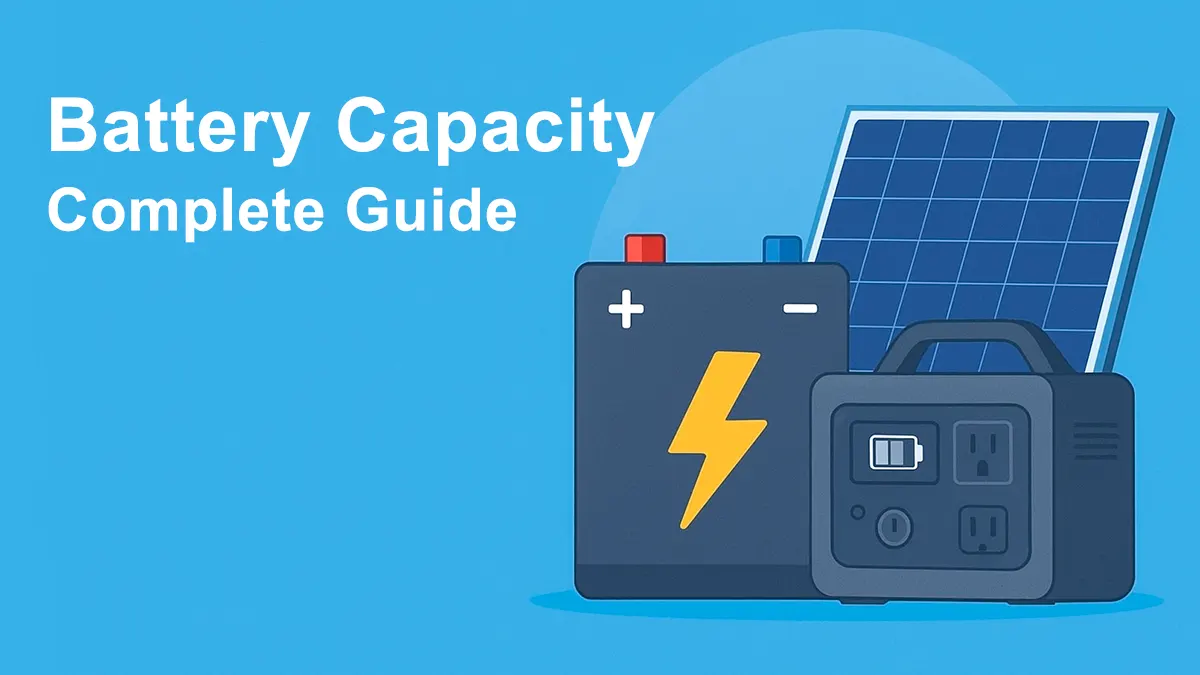
This article will guide you through the basic concepts of battery capacity, key influencing factors, and the advantages and disadvantages of different battery types, helping you select the most suitable capacity and energy storage solution for common use scenarios.
What is Battery Capacity?
Battery capacity is a core indicator of battery performance, representing the total amount of energy a battery can release under specific conditions, such as discharge rate, ambient temperature, and cutoff voltage.
Battery capacity is usually expressed in three units: Ah (Ampere-hour), Wh (Watt-hour), and kWh (Kilowatt-hour):
Ampere-hour (Ah): Measures the current a battery can deliver in one hour.
Watt-hour (Wh): Measures stored energy, calculated as Wh = Ah × V.
Kilowatt-hour (kWh): 1 kWh = 1,000 Wh, commonly used for home energy storage and large battery systems.
For consumers, Wh or kWh is more intuitive, as it directly reflects how much energy a battery can store and how long it can power devices.
Factors Affecting Solar Battery Capacity
Temperature Environment
Most batteries have an optimal operating temperature range, and extreme high or low temperatures can affect actual capacity.
High temperature: Accelerates internal chemical reactions, which can lead to faster capacity degradation over time.
Low temperature: Slows lithium-ion migration, reducing the usable battery capacity.
Compared to other battery types, LiFePO4 batteries are more temperature-resistant. For example, GODE solar batteries operate between -20°C and 65°C, covering most practical scenarios.
Battery Type
Battery type is a key factor in determining capacity and lifespan. Common types include:
Lithium-ion battery: High energy density, lightweight, long cycle life, and smaller volume for the same capacity, but slightly less stable than LiFePO4.
LiFePO4 battery: High safety, longer lifespan, suitable for home storage and large outdoor applications.
Lead-acid battery: Low cost, but low energy density, bulky, and short cycle life.
GODE products use LiFePO4 batteries, balancing safety and long lifespan, with cycle life exceeding 6000 cycles, significantly reducing long-term costs.
Charge and Discharge Rate
The charge and discharge rate directly affects battery capacity utilization and lifespan. At low discharge rates (e.g., 0.2C), ion migration is sufficient, yielding higher usable capacity. High discharge rates (e.g., 1C) increase polarization effects, reducing actual usable capacity.
Similarly, low-rate charging reduces energy loss and side reactions, improving sustainable capacity, while high-rate charging shortens charge time but may accelerate polarization and side reactions, affecting capacity and lifespan.
Cycle Life
As charge-discharge cycles increase, structural changes in electrodes, loss of active material, and electrolyte decomposition gradually reduce capacity, typically measured by the number of cycles until capacity drops to 80% of the initial value.
GODE batteries typically exceed 6000 cycles, standing out among similar products with longer usable life.
How to Calculate Required Battery Capacity
Step1. Determine Device Power
Check the device label for power (unit: W). If only voltage and current are provided, calculate power as: Power (W) = Voltage (V) × Current (A).
For example: Huawei MateBook 13 Laptop, Input Voltage 20 V × Current 3.25 A = 65 W
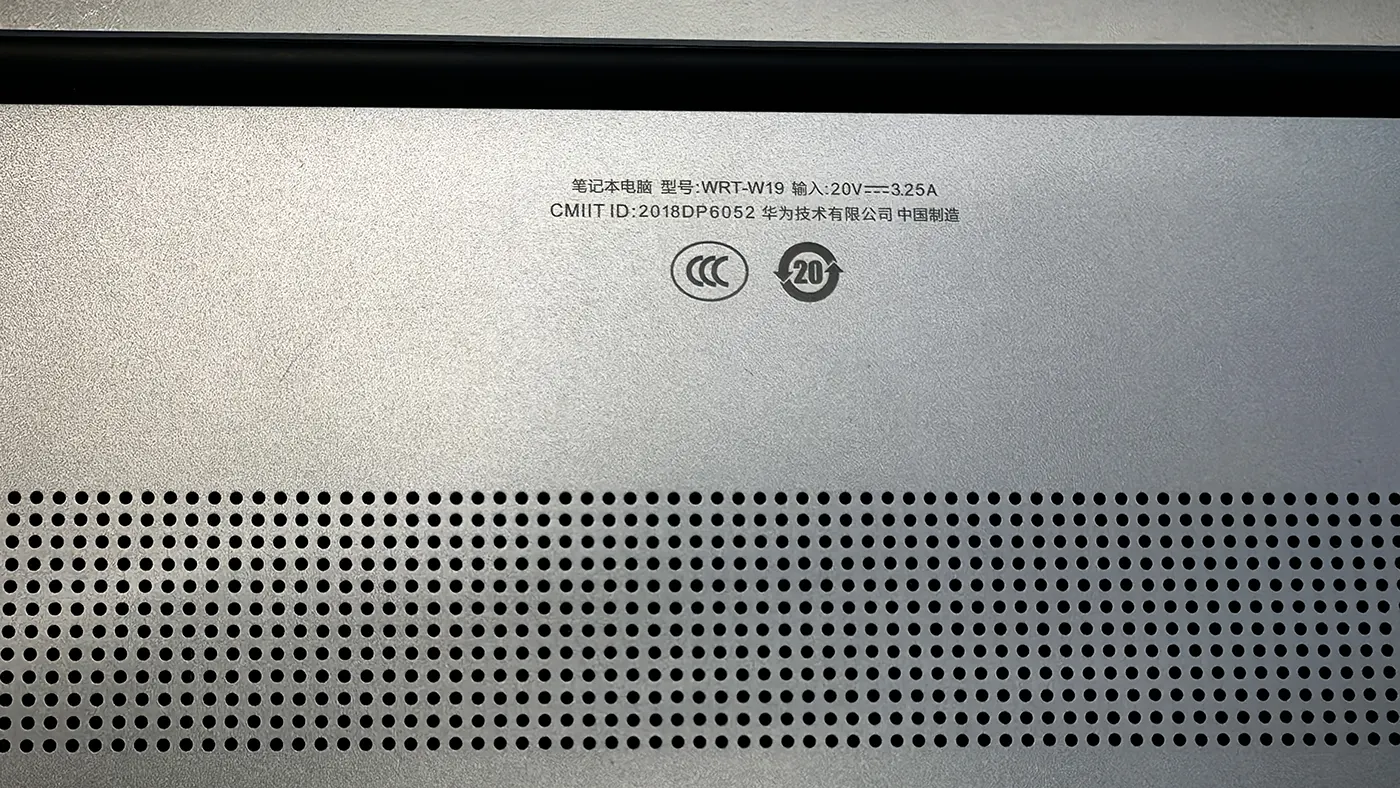
Step2. Estimate Usage Time
Device Power × Usage Hours = Required Energy (Wh), For a laptop consuming 65 W, running it for one hour requires 65 Wh.
Step3. Sum Total + Reserve Margin
Add up all devices you plan to run simultaneously, account for startup power, and reserve 20–30% extra capacity.
| Home appliances | Running Power | Starting Power |
| Air Conditioner | 500 W | 3,000-5,000 W |
| Electric Kettle | 1,800 W | 1,800 W |
| Refrigerator | 100 W | 200 W |
| Washing Machine | 300 W | 440 W |
| Microwave | 1,000 W | 1,000 W |
| Hair Dryer | 2,000 W | 2,000 W |
| Vacuum Cleaner | 1,000 W | 1,000 W |
| TV | 500 W | 0 |
| LED Light | 20 W | 0 |
| Mobile Phone | 60 W | 0 |
For example, during a sudden power outage at night, as a backup power source, essential devices need to be powered.
For example:
LED light:20 W × 5h = 100 Wh
Refrigerator:100 W × 12 h = 1,200 Wh
Mobile Phone:60 W × 1 h × 3 = 180 Wh
The total demand is 1480 Wh, so a 2100Wh battery is recommended to cover a full night.
Common Battery Capacity Reference Ranges
Depending on the usage scenario, the recommended battery capacity for portable power stations or solar batteries is roughly as follows:
| Usage Scenario | Recommended Capacity | Notes |
| Mobile phones, tablets | 100–300 Wh | Can charge multiple times, lightweight and portable |
| Small laptops | 300–1,000 Wh | Can run continuously for 4–6 hours |
| Small outdoor camping | 1–3 kWh | Powers lights, fans, small cooking devices |
| Home emergency backup | 3–10 kWh | Powers fridge, lights, computers, communication devices |
| Whole-house/long-term backup | 10–30 kWh | Powers full household appliances during long outages |
| Commercial/industrial energy storage | 50 kWh+ | Supports small offices, shops, or industrial loads for extended use |
When selecting a battery, consider actual power demand + reserve margin + scalability comprehensively.
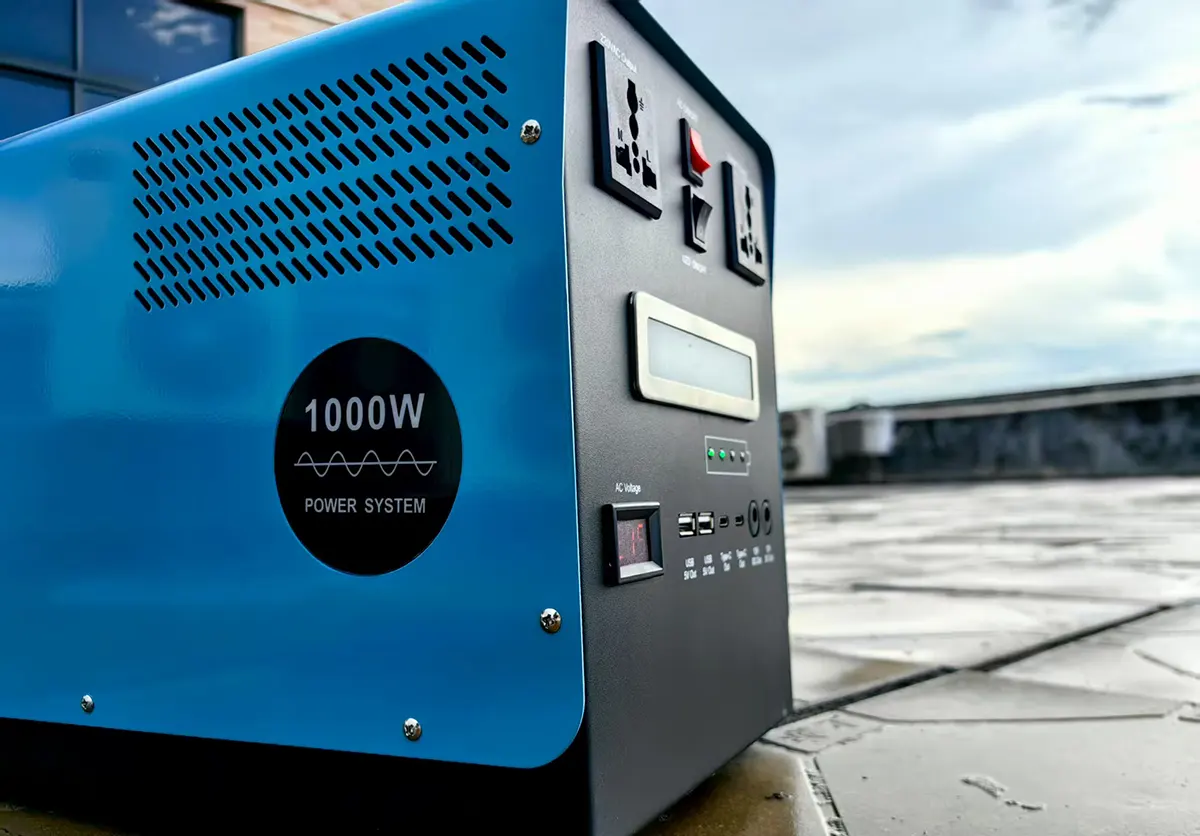
In general, portable power stations are usually in the range of 0.3–3 kWh, home energy storage cabinets typically range from 5–30 kWh, and commercial-grade energy storage can reach over 50 kWh.
GODE’s product line is comprehensive, covering portable power stations, home backup power, home energy storage systems, and large-scale commercial & industrial energy storage cabinets. All use lithium iron phosphate (LiFePO4) batteries, offering high safety and stability, long cycle life, and the ability to meet your power needs across various scenarios.
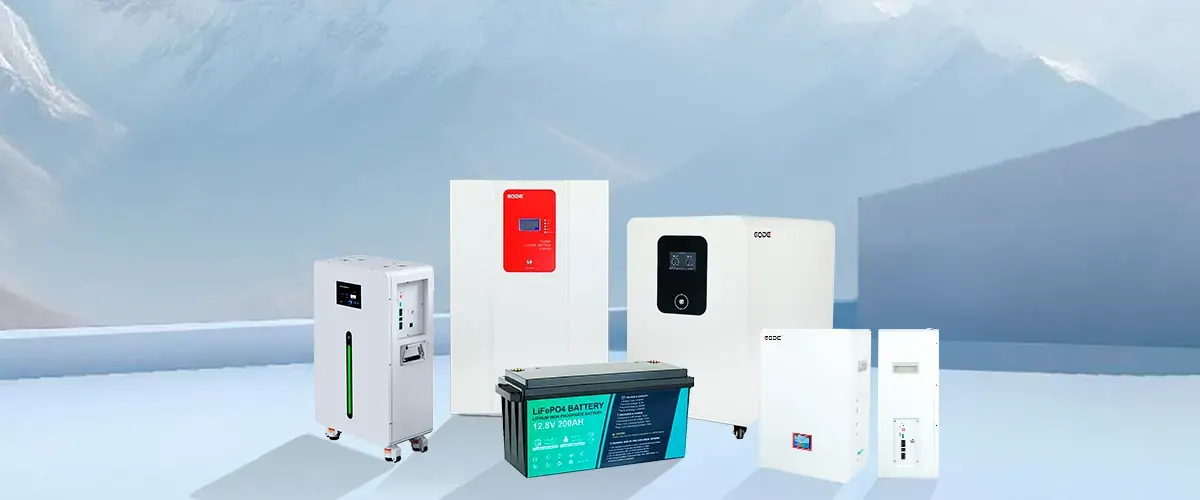
How to Extend Battery Lifespan?
Good Charging Habits
Avoid overcharging and deep discharging: Keep the battery level between 20%-80%, and avoid charging to 100% or discharging to 0% for extended periods.
Charge as needed: There is no need to wait until the battery is fully depleted. Shallow charging and discharging are better for battery health.
Avoid overnight charging: If night charging is necessary, enable the “Optimized Battery Charging” function, which slows down the charging speed to prevent overcharging.
Proper Operating Temperature
The optimal operating temperature for batteries is between 20°C and 30°C. Avoid using the battery in extreme heat or cold, as high temperatures accelerate aging and low temperatures affect performance.
Use Original Charging Equipment
Use original or certified chargers, and avoid low-quality chargers that may cause unstable voltage and reduce battery lifespan.
Regular Maintenance
Maintaining the battery’s health is crucial for extending its lifespan. Regularly check the battery’s charge level, charging/discharging status, voltage, and temperature to detect abnormalities and prevent capacity decline. Also, inspect the battery for swelling, damage, or corrosion. GODE batteries are equipped with a BMS, which monitors the battery
’s condition in real time, effectively preventing potential safety hazards.
Keep the ports and battery surface clean to prevent dust or oxidation from affecting performance. With these simple yet systematic maintenance measures, your portable power station and solar battery will always remain in optimal condition.
Conclusion
Battery capacity is not just a technical parameter; it directly affects the real-world performance of solar batteries. From understanding the basic concepts of Ah, Wh, and kWh, to mastering the factors that influence battery capacity, and finally selecting capacity based on actual needs—every step is crucial for ensuring stable and long-lasting power support.
Whether you are preparing to purchase a portable outdoor power station or considering a large-capacity battery for your home or RV, choosing the right battery capacity is essential for ensuring reliable power for life and work. To make your equipment more durable, follow good charging and discharging habits and perform regular maintenance. This way, your battery will not only meet current needs but also maintain efficient operation for a longer time in the future.
Battery Capacity FAQs
share

